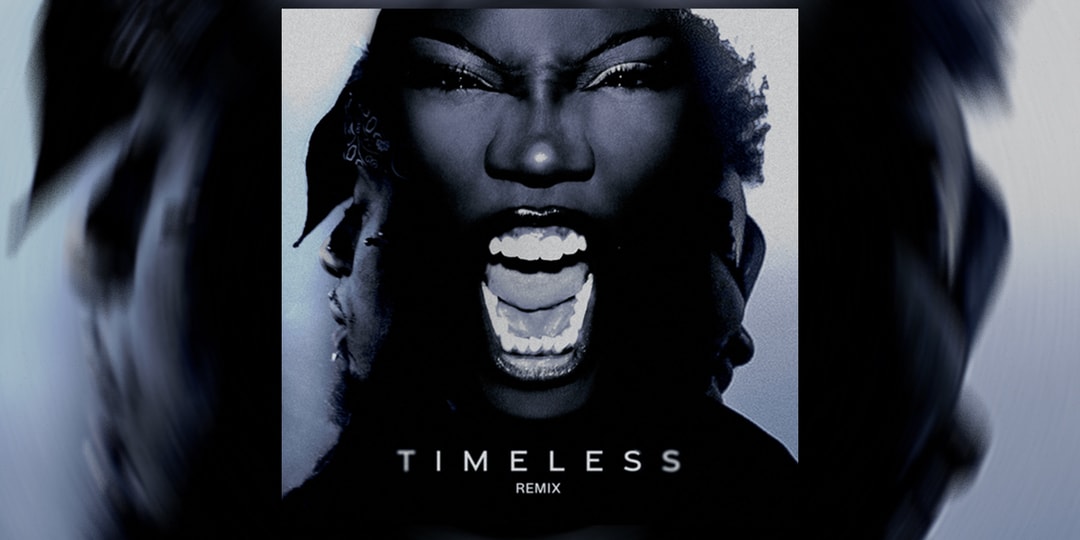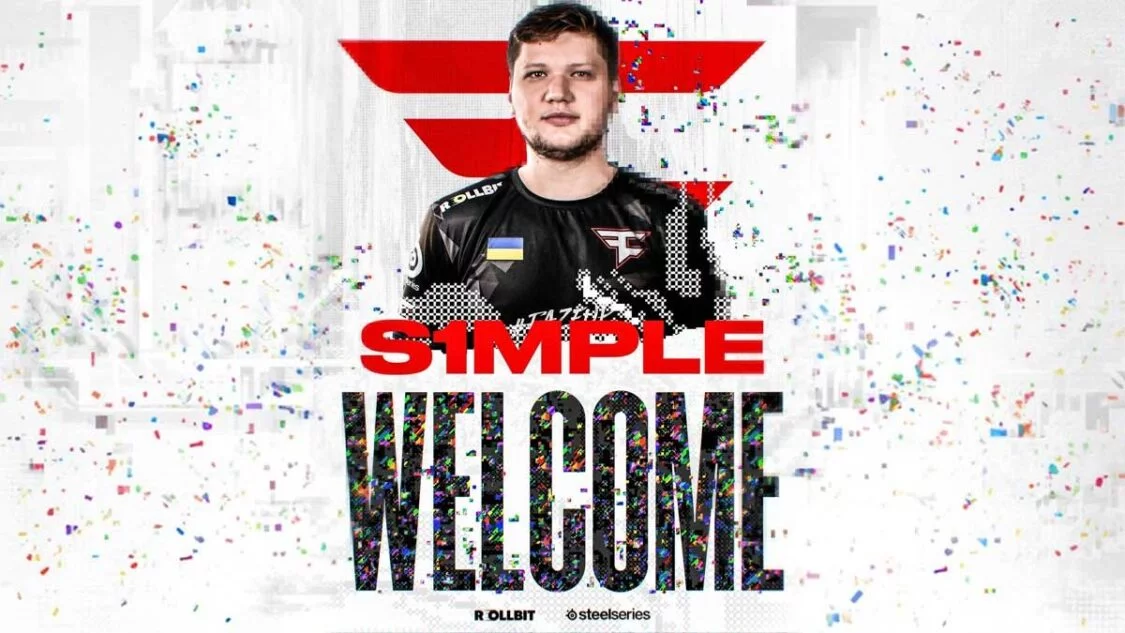EU’s new playbook for in-game currencies explained
TL;DR The EU has issued new guidance that restricts how esports publishers can use virtual currencies. Virtual currencies enable frictionless in-game microtransactions and drive a lot of esports revenues. The gaming industry isn’t happy, and two of its leading bodies have accused regulators of overreach. Consumer advocates argue that game monetization practices mask the true … Continued The post EU’s new playbook for in-game currencies explained appeared first on Esports Insider.


TL;DR
- The EU has issued new guidance that restricts how esports publishers can use virtual currencies.
- Virtual currencies enable frictionless in-game microtransactions and drive a lot of esports revenues.
- The gaming industry isn’t happy, and two of its leading bodies have accused regulators of overreach.
- Consumer advocates argue that game monetization practices mask the true cost of in-game purchases and make them hard to track.
- Now that the EU has signalled the direction of travel, US rule-makers might follow.
Microtransactions with virtual currencies are a top earner for esports titles, sustaining the viability of free-to-play models through an extended period of anaemic growth. But the practice has its critics. In the heat of play, consumer advocates say it’s too easy to lose sight of how much real money is being spent.
Now, an EU watchdog has issued guidance designed to change how in-game currencies are used and who can be targeted for marketing promotions. The changes impact esports organizations, game publishers, and platforms, potentially re-shaping monetization strategies across the sector.
We look at the principles behind the new guidelines and consider how compliance could impact esports business models.
Insert more coins
Imagine you’ve been battling it out on Fortnite for 20 minutes, but progress has been slow. Your teammates are moving on, but you’re falling back. Frustrated, you decide to spend some of your V-Bucks stash on a Battle Pass. Almost instantly, you’re bagging awards, advancing fast, and catching up to your crew.
That impulse buy is a microtransaction. While inexpensive on its own, multiplied by millions of users and purchases, it adds up. Naturally, game publishers want users to keep spending, so they design in-game purchases to complement the dynamics of gameplay. That can make it hard to keep track of what you’ve spent.
Consumer advocates hate that, so in late March, the EU’s Consumer Protection Cooperation Network (CPC) published comprehensive guidelines prescribing how in-game virtual currencies should be used and establishing new consumer protection standards for developers and publishers.
The EU guidelines set out seven core principles:
- Make pricing clear and transparent: Regulators want in-game digital content or services to be priced in local currency to ensure users are making informed purchasing decisions. In practice, this could mean that anything sold in an in-game shop would be listed in the game’s virtual currency and the user’s national fiat (Dollar, Euro, Yen, etc).
- Avoid practices that blur the real cost of an item: Publishers should avoid confusing trades or complex transactions that obscure the price of in-game digital content or services. For example, mixing different virtual currencies (e.g., Radianite Points and Kingdom Credits in VALORANT) in one game, or requiring one in-game currency to be exchanged for another.
- Avoid ‘forced’ purchases of in-game virtual currencies: Players should not be compelled by a game’s monetization structure to buy more in-game currency than they need. Rather than buy Fortnite V-Bucks in bundles of 500 or 1,000, for example, consumers should be able to buy the specific amount they need to make a specific purchase.
- Make purchase contracts clearer: Publishers should comply with national and EU consumer protection rules and provide players with clear pre-purchase information when selling in-game virtual currencies.
- Respect the right of withdrawal: Game publishers need to let players know what the steps are for exercising their right of withdrawal under EU rules, and give them the allotted 14 days to back out of a purchase. This would likely give players the freedom to ‘give back’ any unused in-game currencies and receive a refund.
- Purchase contracts should be written in plain language: The terms and conditions shown to players when they purchase in-game virtual currencies or digital content should be free of legalese.
- Respect vulnerable players: Publishers should ensure that game design doesn’t exploit the vulnerabilities of younger players or those with impulse control problems. Parental controls must be provided to stop unwanted purchases. Any communication to minors must be reviewed by compliance officers.
Industry reaction & impact on revenues
Esports publishers aren’t happy. A joint statement by the European Game Developers Federation (EGDF) and Video Games Europe (VGE) issued the day after the EU’s publication lambasted Brussels for “lack of (industry) engagement in creating these principles, which introduce new legal theories and misguided interpretations of EU consumer law that will create confusion and disruption for European consumers.”
The statement goes on to say that following the guidance will “present a challenge to the industry’s future growth.”
You can see what they mean. Figures from game and console data platform Newzoo show that revenues from PC in-game transactions rose by 1.4% in 2024 (YoY), accounting for $24.4 billion of the $37.3 billion in overall sales. That’s almost 60% of revenue.

Consoles pull in less from microtransactions, but they still account for 32% of revenue, says Newzoo. And console in-game transaction revenue is growing faster than PC, rising by 4.5% last year, accounting for $13.9 billion out of $42.8 billion all-in.
In-game monetization has been controversial for years. From the arrival of NFTs to the use of virtual currencies, gamers and developers have routinely pushed back on plans to expand the incremental fees charged for downloadable content (DLC) and ‘services’ like loot boxes.
Now that the EU has sided with the critics, what will it mean for the esports industry?
Voluntary, for now
Alexandre Vuchot and Dr. Constantin Eikel, partners at European law firm Bird & Bird, write that the EU is targeting common practices. Altering them will require significant changes to games already in-market.
To avoid being investigated under EU or national laws, publishers will need to review in-game monetization structures, incremental content and service purchases, contract language, and pricing structures. Those who fall afoul could face big penalties. They wrote:
“The European authorities may enforce these new principles either via the CPC Regulation or national law. An enforcement via the CPC Regulation is more likely if the same content is available in more than two European states. In such a case, an investigation will be opened, in which targeted companies may either make commitments to change or face potential fines of up to 4% of their annual turnover.”
While the principles have been published as guidance rather than binding rules, they provide a roadmap for future regulatory action in the esports space. European consumer protection watchdogs have signalled their enforcement priorities, and it could influence regulatory approaches in the USA, where rules and enforcement are more fragmented.
While the US Federal Trade Commission (FTC) has taken high-profile enforcement actions against publishers like Genshin Impact over misleading loot boxes and currency disclosures, the US doesn’t have an overarching rules framework comparable to the EU’s seven principles.
Given the EU’s global leadership role in defining new regulations, American policymakers could decide to follow a similar path.
Clamping down on a lucrative trade
Legal experts say the EU principles could transform monetization practices for esports publishers and platforms:
- The requirement to list prices in both real-world and virtual currencies will impact how in-game stores are designed and presented to players.
- The mandate to avoid targeting those who may have impulse control issues could challenge revenue models that depend on a small percentage of high-spending users.
- The requirement to implement parental controls that restrict or disable spending by minors could also affect the profitability of games with younger player bases.
- Esports titles with wider age group appeal may well need more robust systems for age verification and caps on spending.
- Marketing will also need to change, as the guidelines call for clear demarcation between gameplay and active selling. Publishers will need to revisit the language and techniques they use to market skins and other cosmetic items with high status appeal.
Conclusion
As an olive branch, the EGDF and VGE joint statement notes that “our members always respect European consumer laws in how they offer (in-game) purchases,” and both industry bodies will undertake “a thorough legal assessment of the principles and will seek further engagement with the CPC Network to ensure the best experience for our players.”
They won’t have missed the reference to the seven principles as a “non-exhaustive list of practices” that leave the door open to further actions, in particular, the imposition of formal regulations should voluntary compliance prove to be unworkable.
Consumer advocates say the guidelines will lead to greater fairness and transparency in the way esports publishers use virtual currencies. Implemented the right way, they could result in clearer pricing, simplified refunds, and stronger protections for vulnerable players.
Could it hamper income growth? Esports publishers and platforms will now seek a compromise that protects revenues while smoothing out some of the rougher practices EU watchdogs want to remove from the playing field.
FAQs
In-game currencies are virtual money systems used by esports publishers to incentivize incremental purchases. Players buy them in bundles of 100, 500, 1,000, or other increments and then exchange them as needed for in-game items and content.
The virtual currency of League of Legends is called RP (formerly Riot Points).
Because they don’t require third-party transaction processing, virtual currencies allow players to make fast purchases of in-game content, services, or upgrades without disrupting gameplay.
Valorant has a three-tier structure for in-game currencies. Players can purchase VALORANT Points and Radianite Points with cash or earn Kingdom Credits (creds) as a reward for continued gameplay.
According to a study by Sambla, the Septim virtual currency in Elder Scrolls V: Skyrim is the most valuable in-game currency, with purchasing power comparable to real-world currencies.
References
- https://www.bcg.com/press/12december2024-future-of-global-gaming-industry (BCG)
- https://ec.europa.eu/commission/presscorner/detail/en/ip_25_831 (EC Europa)
- https://www.videogameseurope.eu/news/video-games-europe-and-egdf-statement-on-cpcs-principles-on-in-game-virtual-currencies/ (Video Games Europe)
- https://newzoo.com/resources/trend-reports/the-pc-console-gaming-report-2025 (Newzoo)
- https://www.axios.com/2021/12/17/stalker-nft-gaming-backlash (Axios)
- https://www.twobirds.com/en/insights/2025/european-move-towards-protecting-users-from-harmful-practices-in-video-games-eu-consumer-protection (TwoBirds)
- https://www.ftc.gov/news-events/news/press-releases/2025/01/genshin-impact-game-developer-will-be-banned-selling-lootboxes-teens-under-16-without-parental (FTC)
The post EU’s new playbook for in-game currencies explained appeared first on Esports Insider.


























































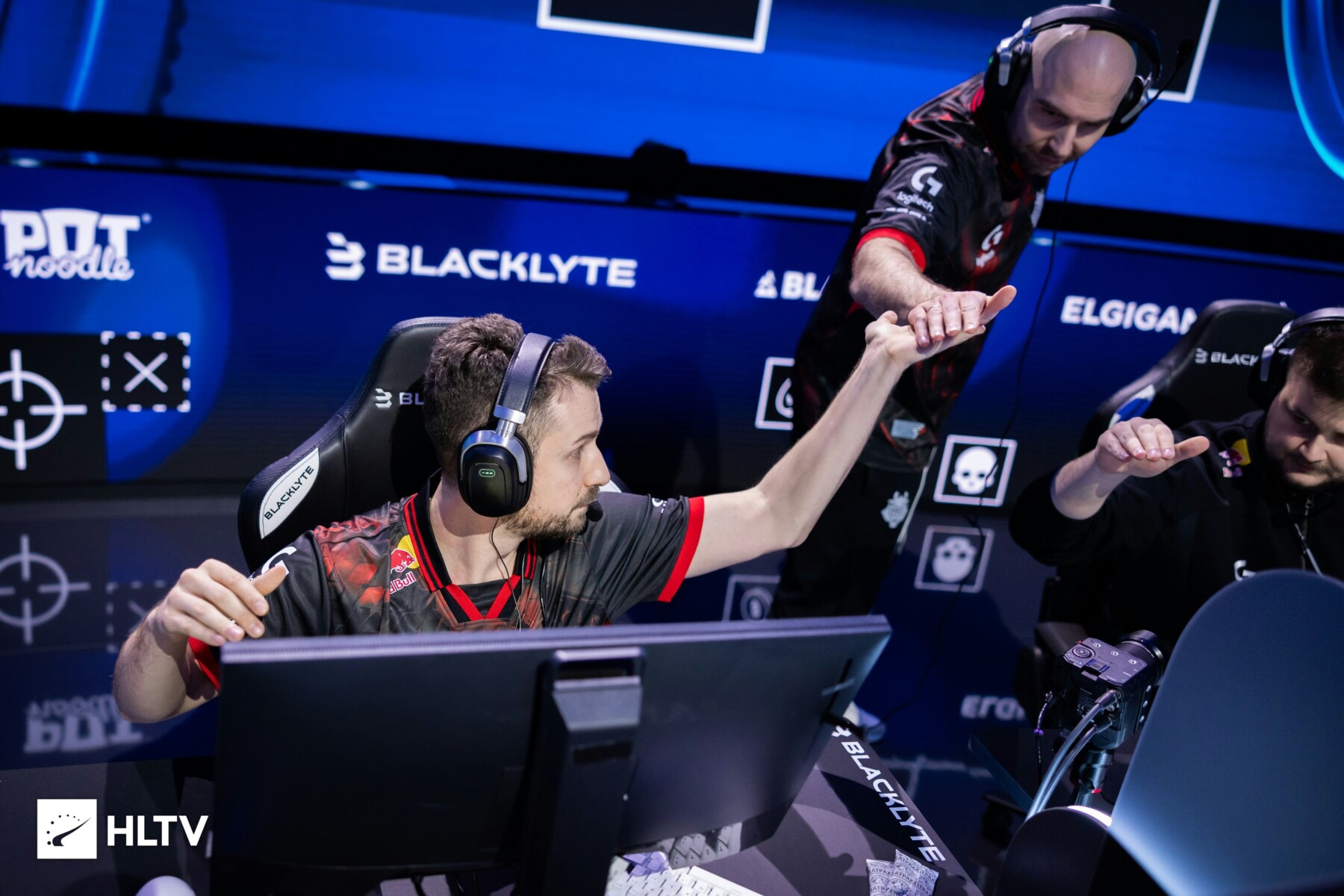

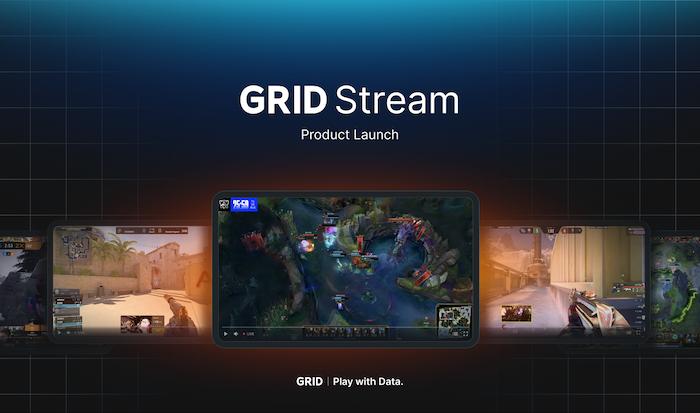
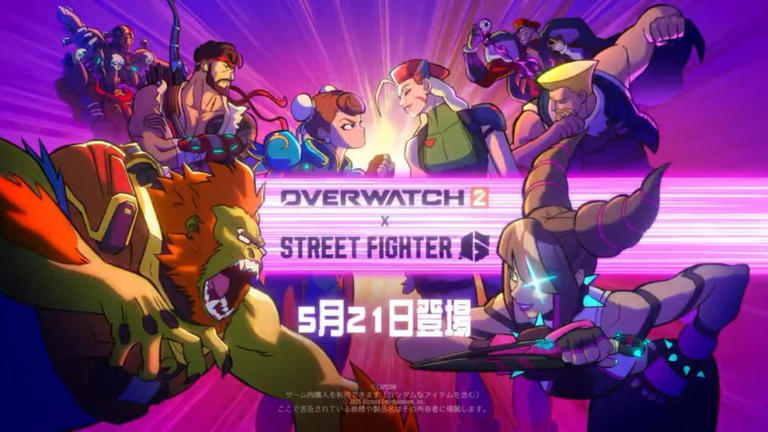

























.jpg?width=1920&height=1920&fit=bounds&quality=70&format=jpg&auto=webp#)































































































